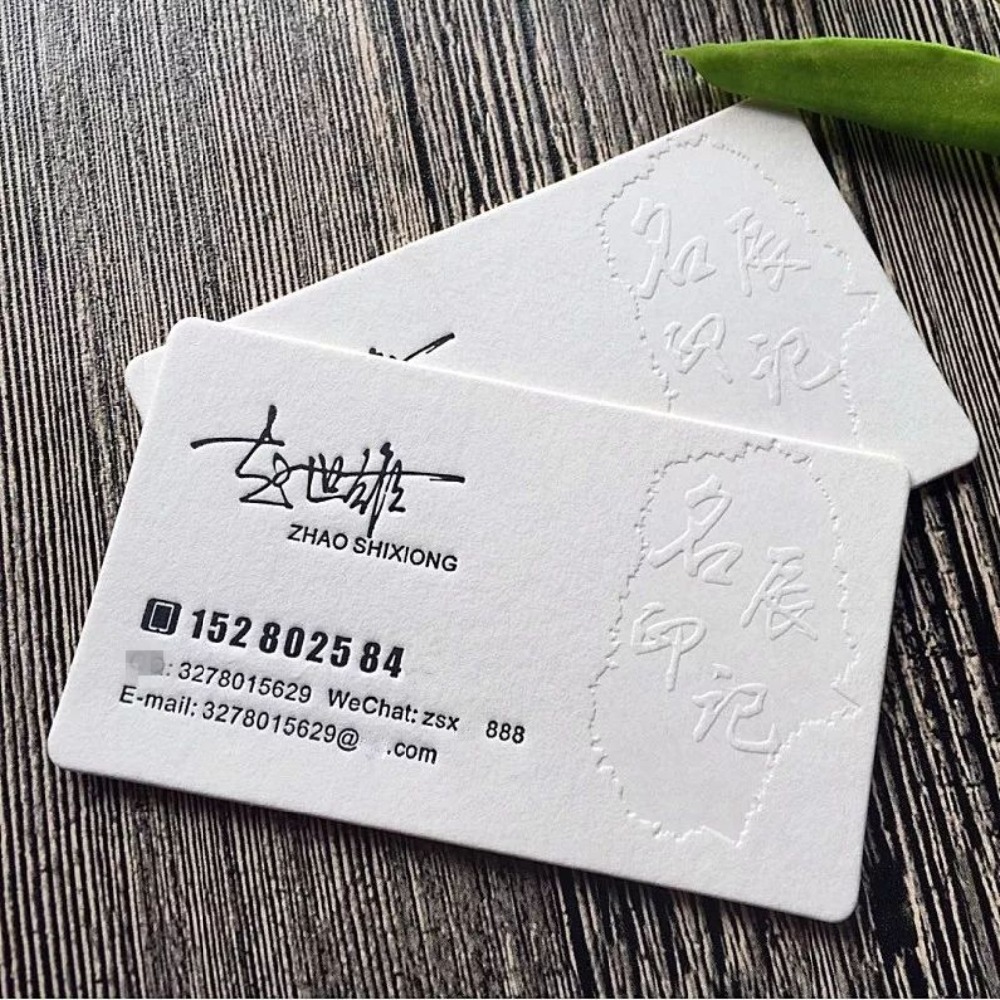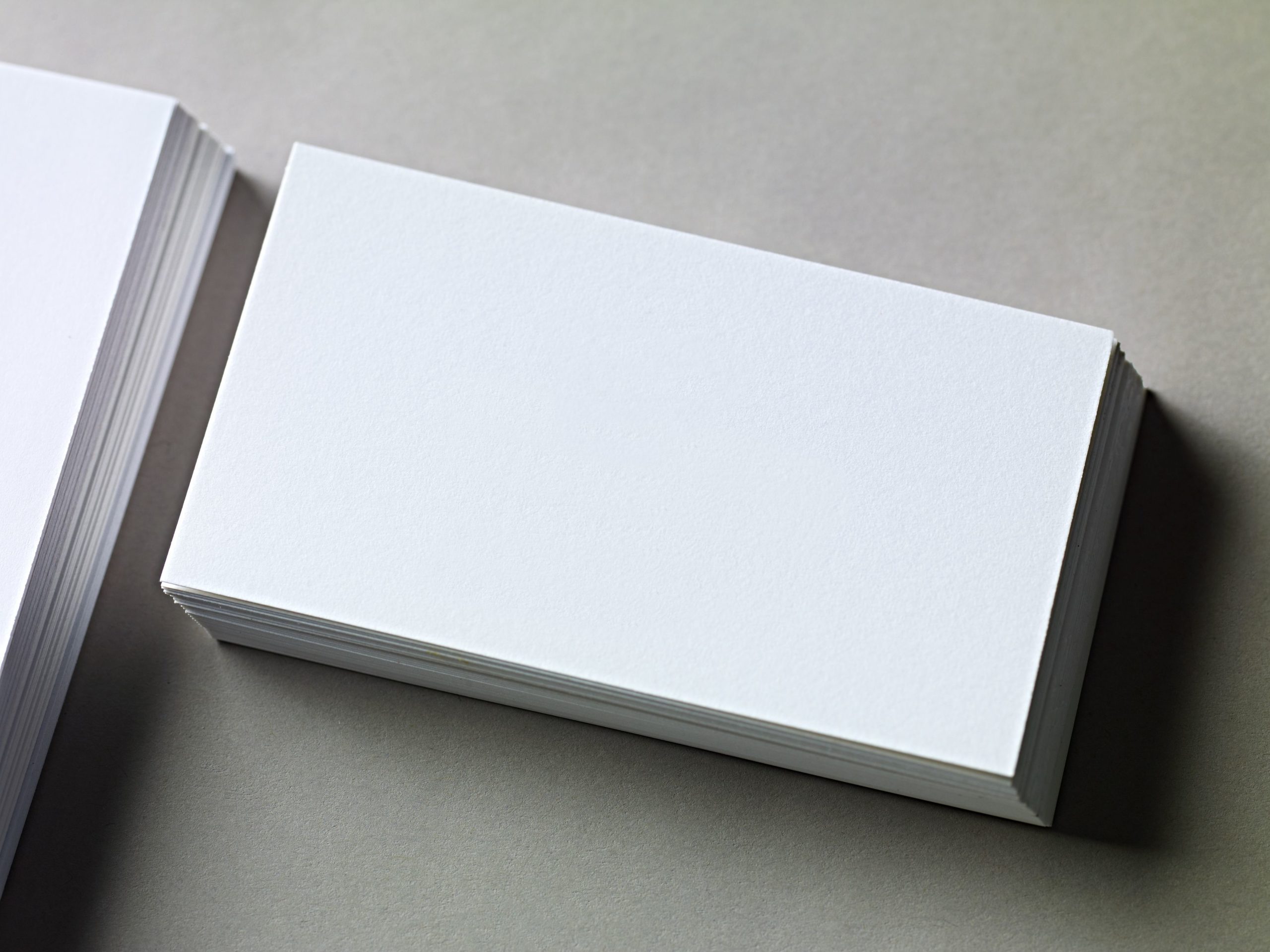
Are you in search of an effective and cost-efficient way to promote your business or personal brand? Look no further than the humble business card. These small pieces of paper carry immense potential for networking and making a lasting impression on potential clients or contacts.
In this guide, we will walk you through the process of converting your ideas onto paper to print business cards. From selecting the right paper type to designing eye-catching layouts, we have got you covered. Let’s dive in!
Choosing the Right Paper for Your Business Cards

When it comes to paper to print business cards, it is crucial to select a high-quality paper that best represents your brand. The type of paper you choose can significantly impact the overall look and feel of your business cards. Here are a few options to consider:
1. Matte Paper
Matte paper offers a smooth, non-glossy finish that exudes elegance and professionalism. This type of paper is perfect for industries requiring a more sophisticated aesthetic, such as law firms or consulting agencies. Matte paper is also great for writing on, as it prevents ink smudges and allows recipients to jot down notes if needed.
2. Glossy Paper
If you want your business cards to have a shiny and vibrant appearance, glossy paper is an excellent choice. The reflective surface of this paper enhances colors and gives your cards a polished and professional look. Glossy paper works well for businesses in the creative industry or those who want to make a memorable first impression.
3. Recycled Paper
For environmentally conscious individuals or businesses, using recycled paper for your business cards can be an excellent choice. Recycled paper helps to reduce your carbon footprint and demonstrates your commitment to sustainability. With advancements in technology, recycled paper options are now available in various finishes and weights.
Designing Eye-Catching Business Cards

Once you have chosen the right paper, it’s time to move on to the design phase. Creating visually appealing and memorable business cards requires careful consideration of layout, typography, color schemes, and branding. Follow these tips to ensure your business cards stand out from the crowd:
1. Keep it Simple
When it comes to business card design, less is often more. Avoid cluttering your cards with excessive information or elaborate designs. Focus on essential details such as your name, contact information, and company logo. Remember, a clean and minimalistic design will make your business card look more professional and easy to read.
2. Use High-Quality Images and Fonts
Utilize high-resolution images and fonts that align with your brand’s personality. Avoid using generic or outdated clipart that can make your business card appear unprofessional. Instead, opt for crisp and high-quality graphics or professional photography to add visual interest. Pair them with clean and easily legible fonts that reflect your brand’s style.
3. Incorporate your Branding Elements
Ensure that your business cards are consistent with your brand’s visual identity. Incorporate your logo, company colors, and any other distinctive branding elements. Consistency across all your marketing materials will strengthen your brand’s recognition and create a lasting impression on recipients.
Printing and Finishing Options for Business Cards
Now that you have designed your business cards, it’s time to bring them to life. Here are some printing and finishing options to consider:
1. Digital Printing
Digital printing is a popular and cost-effective method for small print runs. This method provides quick turnaround times and allows for customization, making it ideal for those who frequently update their contact information or require small quantities.
2. Offset Printing
Offset printing is a traditional printing technique suitable for large print runs. While the initial setup cost is higher compared to digital printing, offset printing offers superior color accuracy and consistency. If you need a significant quantity of business cards and have a set design, offset printing is a reliable choice.
3. Finishing Options
To add a touch of sophistication to your business cards, consider incorporating finishing options. Some popular choices include embossing or debossing, spot UV coating, foil stamping, or die-cutting. Each finishing option adds a unique visual and tactile element that can help your business cards stand out from the competition.
Conclusion

In conclusion, paper to print business cards is an effective way to promote your business and establish your professional identity. By choosing the right paper, designing an eye-catching layout, and selecting the appropriate printing and finishing methods, you can create business cards that leave a lasting impression on others.
Remember to carefully consider the paper type that will best represent your brand, whether it’s the elegance of matte paper, the vibrancy of glossy paper, or the sustainability of recycled paper. Additionally, design your business cards with simplicity and incorporate branding elements to create a cohesive and professional look.
When it’s time to print, consider the benefits of digital printing for small print runs or offset printing for larger quantities with consistent color accuracy. Finally, explore finishing options like embossing or debossing, spot UV coating, foil stamping, or die-cutting to add an extra touch of sophistication to your business cards.
So, don’t underestimate the power of a well-designed business card. Invest in paper to print business cards that accurately represent your brand and make a memorable impression in every networking opportunity.
Olivia Reynolds, a marketing maven, is passionate about the impact of graphic design on brand success. Her love for outdoor adventures and travel fuels her fresh perspective on the importance of visual aesthetics in business cards and branding.